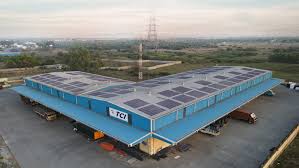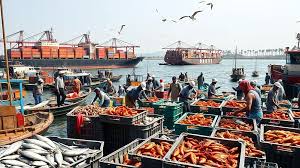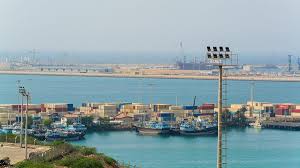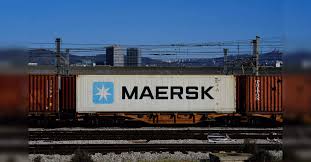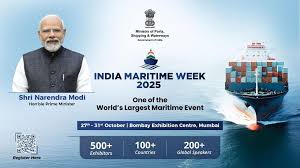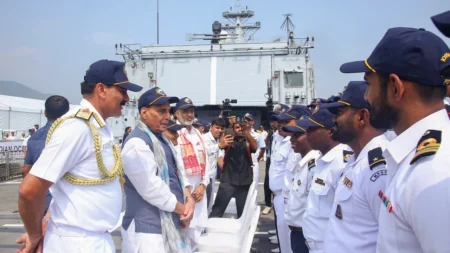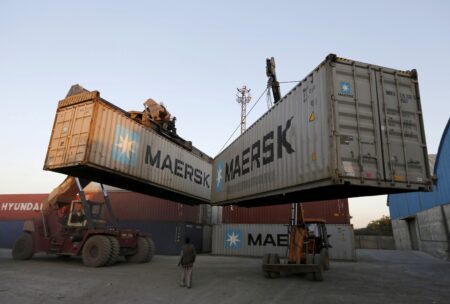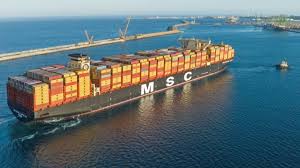Rajesh Menon, a maritime expert, shares key insights on global container trade trends, geopolitical impacts, and India’s dependency on foreign shipping lines. He highlights potential solutions, including a national shipping line and an ecosystem for indigenous container manufacturing.

Bharat Container Shipping Line is India’s step toward an Indian-flagged liner
Global maritime professionals at the World Economic Forum in Davos have hinted at an impending crash in the container price index. The possibility of a resolution in the Israel conflict and a post-Trump mediation in Ukraine could make the Suez Canal safer for merchant vessels. This anticipated stabilisation of the Red Sea crisis, which had previously sent container freight rates soaring, is expected to reduce maritime logistics costs significantly.
Geopolitical turbulence and trade vulnerabilities
Geopolitical uncertainties, a term now synonymous with global trade disruptions since the COVID era, continue to push supply chains into turbulent waters. The vulnerability of trade to such events and a trading nation’s ability to adapt to these disruptions have now become focal points of discussion.
Commercial resilience in maritime trade
While discussions on strategic responses to cyclical geopolitical challenges are common, the critical question remains—how do we develop commercial resilience? India’s container trade, standing at approximately 17 million TEUs, is primarily managed at JNPT and Mundra, with foreign shipping lines handling nearly the entire volume. During the active Red Sea crisis phase post-pandemic, container freight rates surged from $1,500 to $4,000 for a forty-foot container, coupled with soaring insurance costs. This significantly affected Indian exports, especially from the MSME sector, which contributes 45% of the country’s export basket.
Strategies for resilience
Several commercial and technology-driven strategies to counter container shortages and increasing freight rates are being explored by both private and government sectors. AI-driven predictive analytics based on vast trade data, strengthening trade alliances and blocs, and expanding free trade agreements are some of the potential measures. However, India’s most pressing challenge remains its excessive and unavoidable dependency on foreign shipping lines.
A global Indian shipping line
In light of this, reports about establishing a global Indian shipping line, ‘Bharat Container Shipping Line,’ under the umbrella of the Shipping Corporation of India, hold significant relevance. Presently, India has negligible overseas container vessels, and while increasing this fleet is a long-term endeavour, it is a crucial first step toward ensuring an Indian-flagged liner traverses international trade routes.
Challenges in container manufacturing
India’s rate of containerisation, currently around 8%, calls for an increase in timely box availability. Nearly all of the 17 million boxes in use are Chinese-owned or manufactured, with only 30,000 produced domestically. The primary challenge lies in the cost of Corten steel, which accounts for 60% of container manufacturing expenses. China’s economies of scale enable significantly lower costs, making it more economical for traders to import containers rather than source them domestically. India must, therefore, create an ecosystem facilitating cost-effective container production. While discussions around subsidised models continue, the challenge remains in determining an optimal approach.
Towards self-reliance in shipping
As trading nations clamor for resilient policies to counter geopolitical turbulence, initiatives like these must lead India toward an Atmanirbhar approach in shipping. Ensuring domestic capabilities in maritime logistics and container manufacturing is a pivotal step in fortifying India’s position in global trade.

